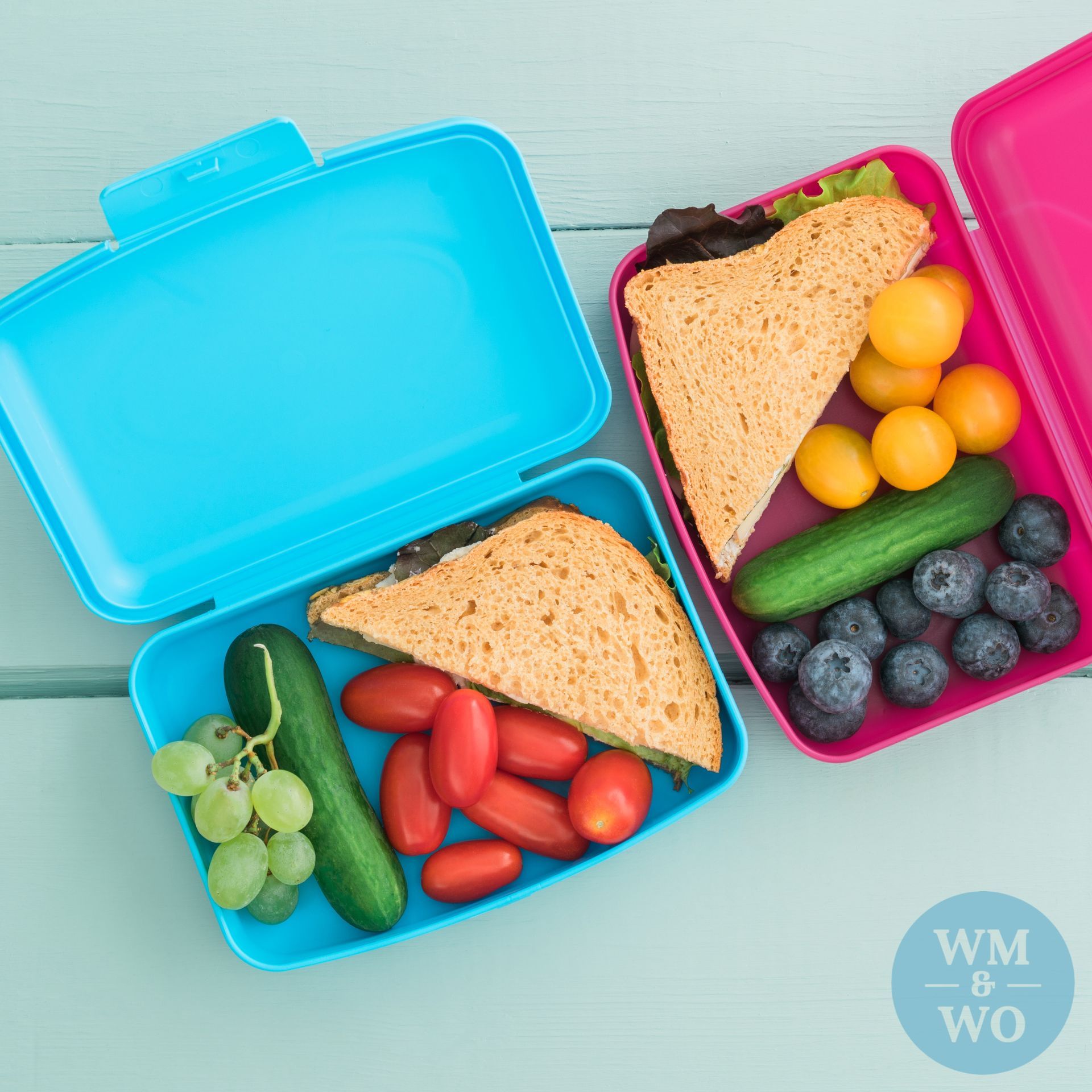PHONE:
Farmers Markets: Bringing the Farm to Table
August 29, 2023
The farmers market can be a great opportunity to pick up locally produced foods your family loves, as well as some new items you may not have tried before. It’s also a great opportunity for both adults and children to learn where the food you’re buying comes from.
Here are a few tips when bringing a piece of the farm back to your table.
- Plan ahead. Bring a list of what foods you need. Scoping out the market's website or event guide gives an idea of what is offered. If you’re bringing kids along, get them excited about what new foods will be there, and ask your child what new things they would like to try.
- Try something new. Challenge yourself and your child to try at least one new food item. The farmers market is the perfect setting for sampling unique foods. Many food stands will offer samples to passersby interested in trying their foods.
- Talk to the farmers. Take this opportunity to meet your local farmers and producers in a relaxed setting. Use this time to have a conversation with the people responsible for growing or making your food. Farmers enjoy getting to know you and appreciate your interest in their crops.
- Ask questions. Not sure how to incorporate that purple potato into a dish your family would like? Ask the individuals selling the foods. They have a wealth of knowledge and are likely to have various ideas on how to use their food as ingredients in your recipes. Some even have recipes available for you to take home.
- Follow the MyPlate method. Most farmers markets offer a wide variety of foods; most are delicious and nutritious, but some are high in calories. When choosing foods, remember the USDA's MyPlate method which emphasizes making half your plate fruits and vegetables, and filling the rest of your plate with whole grains and lean protein.
- Make a farm-to-table meal. Now, use a medley of what you gathered at the farmers market to prepare your meal. Involve your child in the kitchen, helping to prepare the various ingredients.
Contributors: Emilie Fielder, MS, RDN, LDN and Esther Ellis, MS, RDN, LDN

By Marsha Novick
•
September 4, 2024
Packing a healthy lunch is an important way to help your kids get through their school day. When deciding what to put in your child’s lunch box, it is a good idea to add variety. Focusing on variety not only makes lunches more interesting, but also makes a lunch that will provide the energy and nutrients that your kids need to grow, play, and learn. Here are some tips for making your child’s lunches enjoyable and nutritious.

By Dr. Marsha Novick
•
August 6, 2024
Ultra-processed foods (UPFs) have become a significant part of the modern diet in the United States. These foods, characterized by their high content of additives, preservatives, sweeteners, and artificial flavors, are typically ready-to-eat and require minimal preparation. Recent research has increasingly linked the consumption of UPFs with a range of adverse health outcomes, shedding light on the potential dangers they pose to public health.
Defining Ultra-Processed Foods
UPFs are distinguished from minimally processed or whole foods by their industrial formulations, which often involve multiple ingredients not commonly used in home cooking. Examples include sugary drinks, packaged snacks, ready meals, and reconstituted meat products. These items are typically energy-dense and nutrient-poor, making them appealing yet nutritionally inadequate choices.
Key Findings from Recent Studies
1. Increased Risk of Chronic Diseases: A growing body of evidence indicates a strong correlation between high UPF consumption
Contact Us
Thank you for contacting us.
We will get back to you as soon as possible.
We will get back to you as soon as possible.
Oops, there was an error sending your message.
Please try again later.
Please try again later.
Please do not send any confidential/medical information. This space is not HIPAA compliant.
© 2025
Weight Management & Wellness Online | All Rights Reserved | Created by Olive + Ash. Managed by Olive Street Design | Site Map









